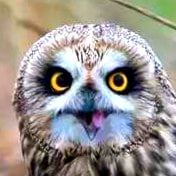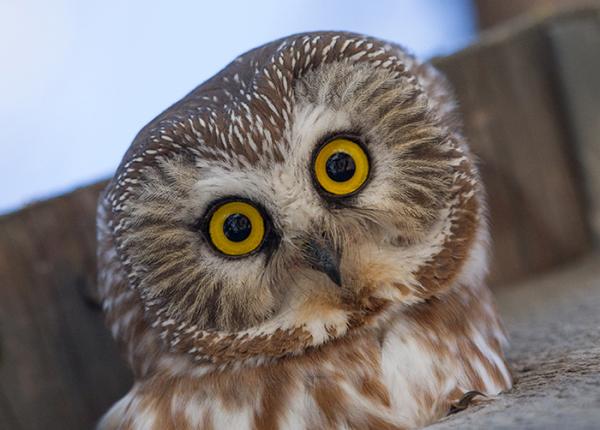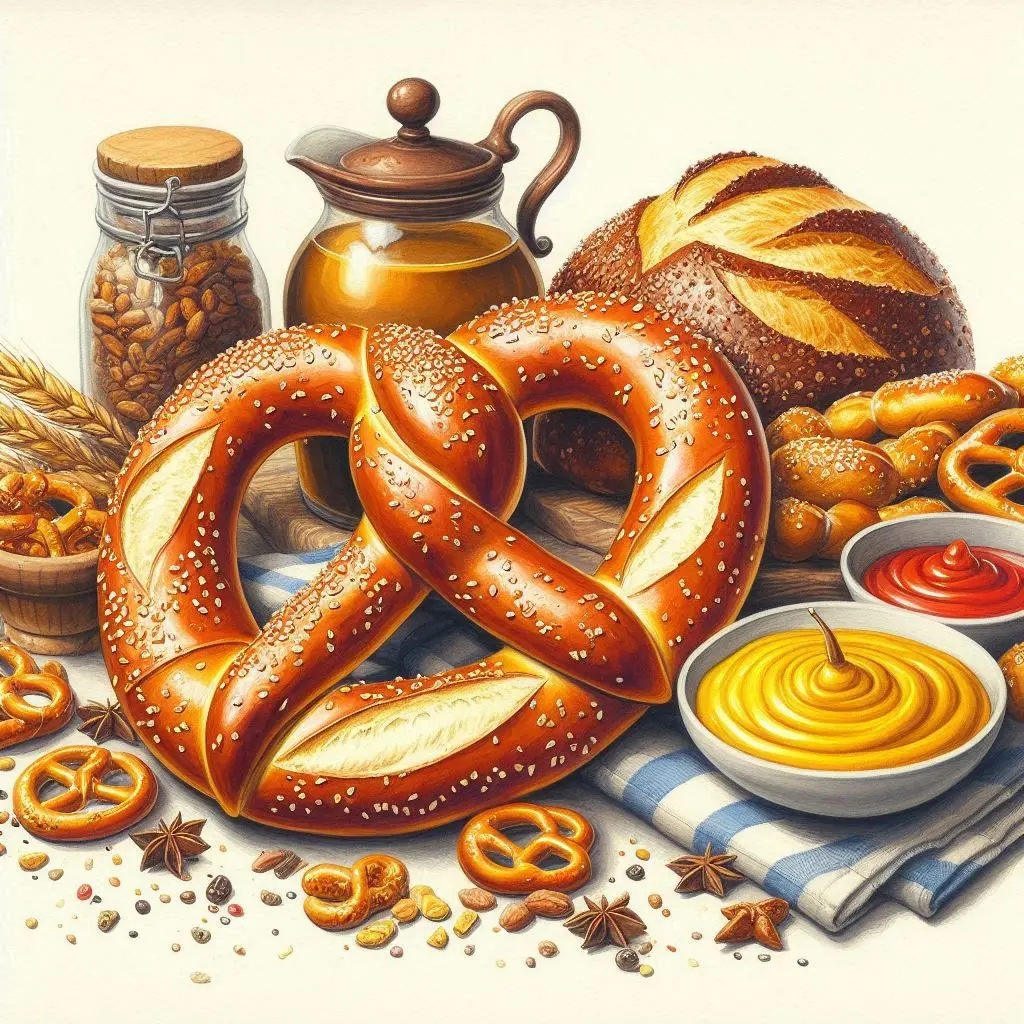A watchful barn owl, from a vantage point on a fence post, scours his surroundings on the lookout for prey in Croydon, south London. Photograph: Tomos Brangwyn
From The Guardian
It is dusk, a short walk from the big Ikea in Croydon, and a barn owl is emerging from its nest to hunt. In the fading light, the male owl sits on a fence post to survey the rough grass below. He has a busy evening ahead: he is responsible for feeding a roosting female for the next few weeks while she cares for their chicks. The owl hops to another fence post. Suddenly, he dives into the grass below, emerging a minute later with an unlucky rodent, and flies back into the nest.
“I still get really excited,” says Tomos Brangwyn, a local enthusiast who monitors the site, lowering his binoculars. “He’ll do that most of the night. It’s a great sign that there’s a female in there that we haven’t seen for a while, as she’s on the eggs,” he says.
The scrubland is surrounded by urban sprawl. Police sirens and souped-up cars roar past, and industrial buildings hum under harsh security lights nearby. Central London is less than 10 miles (16km) away, but the barn owls here are unperturbed, feasting on the same diet of voles, rats, mice and other small animals as their country cousins. This patch of land has supported as many as three breeding pairs in recent years.
Owl sightings have risen sharply in the capital, monitoring data shows, with Londoners increasingly seeing the birds in green areas and back gardens. There were just 25 barn owl sightings in 2010, but 347 spotted a decade later.
A barn owl goes hunting at night in the Croydon area. City birds will enjoy the same diet of voles, rats, mice and other small animals as their country cousins. Photograph: Tomos Brangwyn
“People might not think owls are in London. But they don’t realise how wild the city actually is,” says Becky Garden, a partnership officer for Greenspace Information for Greater London CIC (GiGL), which records environmental data for the capital.
All of the UK’s owl species – the tawny, barn, short-eared, long-eared and little – can be found in the capital at various points of the year. The shy, nocturnal hunters can be hard to monitor, with almost no reliable population surveys performed for many years. Sighting data is considered a measure of presence, rather than of population size, as it may also be driven by the rise of popular citizen science apps and awareness campaigns such as the Owl Prowl run by London Wildlife Trust. But most Londoners are probably not far away from an owl, even if they never see them, says Garden. “Records of owls in London have increased quite a lot from about 2016,” she says.
Tawny owls – known for the “twit twoo” duet sung by males and females to each other – are found in green areas throughout the capital, nesting in hollow tree species and even known to prey on green parakeets. Reports of sightings have increased from 159 in 2010 to 894 in 2020.
Short- and long-eared owls are infrequent winter visitors. Little owls are found in larger parks, similar to barn owls. But barn owls have also been spotted in Notting Hill, Deptford and other places that were probably one-off visits. The birds sometimes surprise Londoners: last month, journalist Ash Sarkar posted a photo of one in north London on social media under the tagline “Wtf is a barn owl doing in Tottenham???”.
A captured barn owl has its data recorded – the species has experienced a significant recovery in recent years. Photograph: Tomos Brangwyn
The apparent resurgence of the barn owl reflects broader national trends, with the species experiencing a significant recovery in recent years. The last thorough survey in the mid-90s estimated the population to be about 4,000 breeding pairs in the UK, but the British Trust for Ornithology (BTO) believes it may now exceed 10,000. It is no longer listed as a threatened species in the UK, benefiting from a rollout of barn owl boxes and sufficient habitat to hunt rodents. But the overall owl population is not as healthy.
“With the exception of the barn owl, they are all not doing brilliantly. There’s a bit of a decline across the board. It is most pronounced in the little owl, that seems to be having a really tough time of it, linked to insect decline,” says Jon Carter from the BTO. “But barn owls have turned a bit of a corner. They are doing really, really well.”
The owls are reasonably common in large gardens, town parks and city areas, Carter says. “Wherever you live, if you’ve got bit of leafy stuff around, odds are there are going to be owls nearby,” he says. “Because they sleep all day long and are as quiet as anything at night when they’re flying around hunting, people just don’t really notice them unless they’re right outside the window hooting away.”
Twit twooooooo… Night owls of London 😁
This means there are lots of rats in London, right?
Any number of tasty things really. Rats, mice, voles, shrews, birds, the occassional unlucky hedgehog or stoat.
I’d like to think that this is entirely because of conservation efforts, but I can’t help but wonder if destruction of their natural habitat is part of the reason.
It’s likely a combination of the two things. It sounds like specific effort was put toward the Barn Owls, but Little Owls are usually considered and indicator species because human development creates numerous advantageous environments for them, but they’re also closer to the negative things we do as well.
This article was a little sparse on specifics I’d like to see, but it is better than the one I saw today saying Saw Whets have people up in alarm about things due to expanded migration but didn’t really say much more than that. Some of these articles feel more like previews for actual articles not yet released…
Eliminating second generation rodenticide, maintaining appropriate habitats, and educating people that would use poisons or have control over land development about the advantages owls can bring are key areas where progress can have huge payoffs. We need to make sure the is both land for owls to hunt and reproduce, and to make sure that food is actually safe to eat. Modern poisons aren’t metabolized the way old ones were, so they accumulate into quantities high enough to hurt the owls. Rodent control in closely populated areas is a valid concern, but that is a specialty of the owls after all.
With the exception of the barn owl, they are all not doing brilliantly. There’s a bit of a decline across the board.
I have a feeling this is a result of Harry Potter pets being released. Whatever, I’ll take it.
Owls don’t belong all crammed together in post offices anyway. It’s for the best.
Also JKR was fine with having all those male owls play the role of a female owl character back then! 🤔






